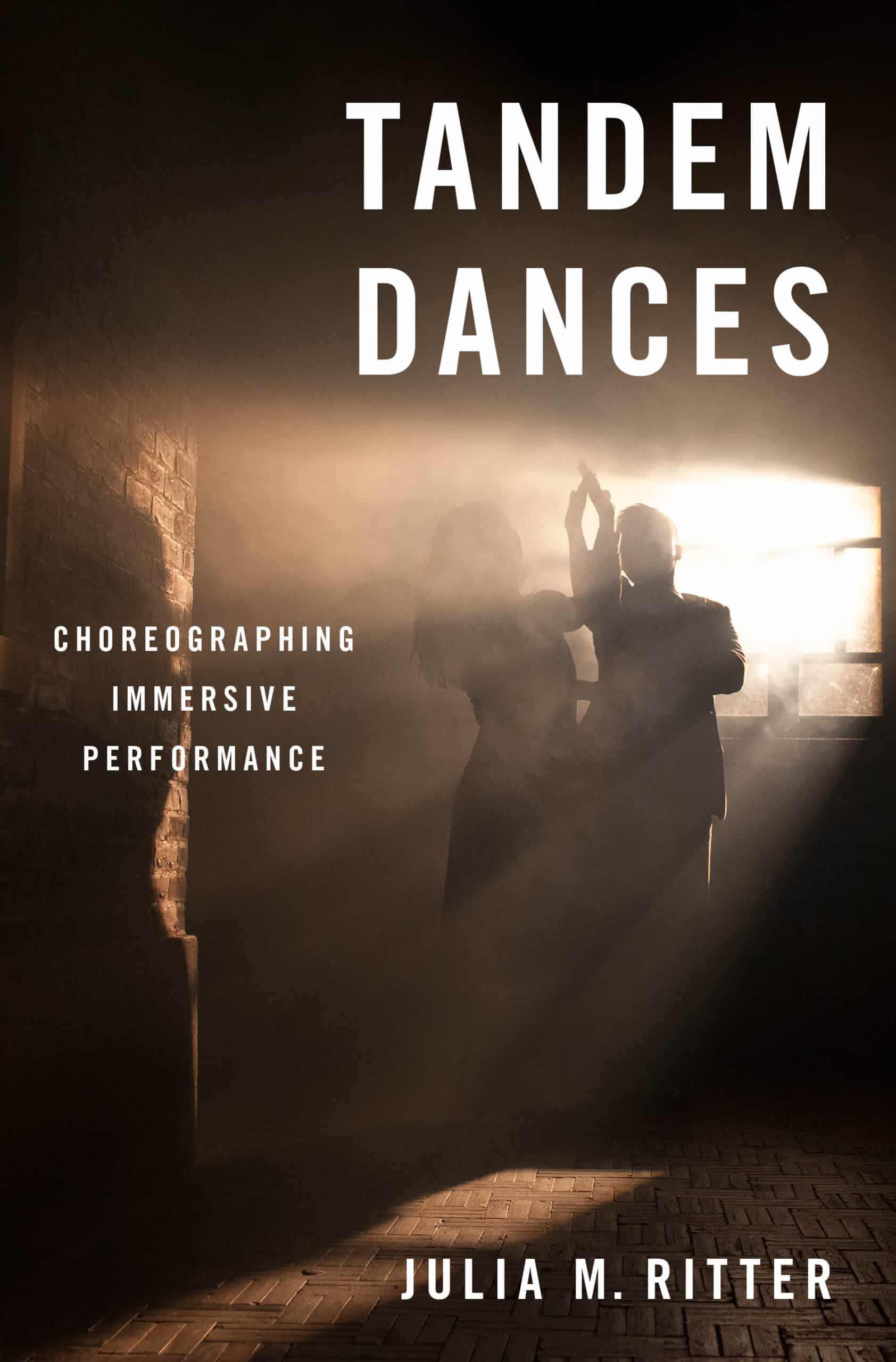Tandem Dances: Choreographing Immersive Performance
The first book to propose dance and choreography as frames through which to examine immersive theatre, more broadly known as immersive performance.

Indicative of a larger renaissance in storytelling during the digital age, immersive performance is influenced by emerging computer technologies, such as virtual reality and advances in video-gaming, as well as increased interest in new forms of experiential entertainment.
The idea of tandemness — suggesting motion that is achieved by two bodies working together and acting in conjunction with one another — is critical throughout the book. Ritter’s close choreographic analysis of immersive productions, along with unique insights from choreographers, directors, performers, and spectators, enlivens discourse across dramaturgy, kinesthesia, affect, and co-authorship. By foregrounding the choreographic in order to examine its specific impact on the evolution of immersive theater, Tandem Dances explores choreography as a discursive domain that is fundamentally related to creative practice, agendas of power and control, and concomitant issues of freedom and agency.
Tandem Dances was published by Oxford University Press in 2021.
